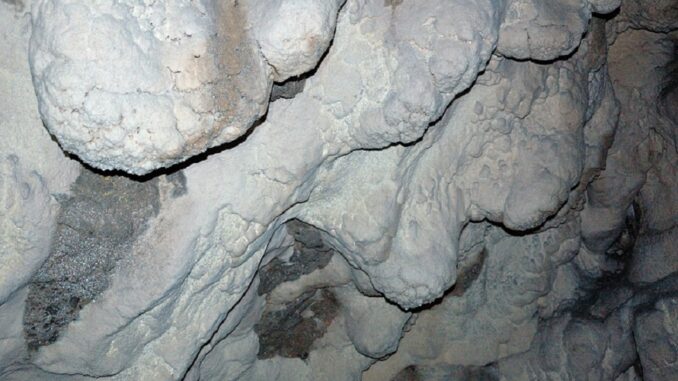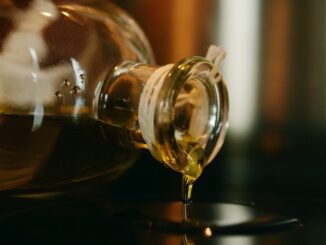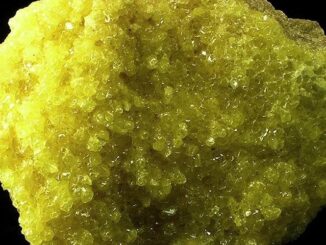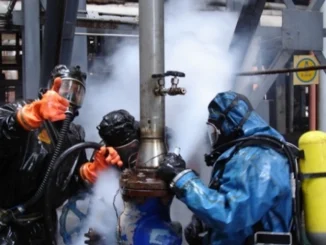
A recent study on moonmilk—a mineral deposit found in caves and used for its curative properties—has led to the discovery of a cryptic compound active against bacteria that are resistant to multiple antibiotics.
Moonmilk, a concretion frequently found in various forms (pasty, dry or liquid) in limestone caves, is a speleothem most often observed in the form of a soft rock depending on its hygrometry.
According to Sébastien Rigali, a molecular microbiologist at the Centre for Protein Engineering—CIP (InBios/Faculty of Science) of the University of Liège, there is a lot of archaeological evidence of its use as an anti-infectious agent, mainly in the Swiss and Austrian Alps.
Rigali’s laboratory decided to study the microbial flora of moonmilk out of simple curiosity, in order to find a rationale for its use in human and animal therapy.
The first step was to go into the field, into the caves of the Condruzian plateau, in order to find deposits of moonmilk and to isolate filamentous actinobacteria, the bacteria that are champions in the production of antimicrobial agents. The researchers found many of them, both in number and diversity.
Analysis of the genomes of the isolated bacteria revealed that they participate together in the constitution of a vast subterranean pharmacy. This microbial consortium is capable of producing hundreds of antibiotics, some of which are used daily today. But what is probably the most fascinating is that the vast majority of the biosynthesis genes involved in bioactive compound production found in these bacteria are cryptic, that is, it is not possible to associate a known molecule with them.
This means that these strains constitute a real reservoir for the discovery of new bioactive molecules. “Statistically, it’s as if all you have to do is bend over and pick up and identify a new antibiotic, antifungal or even anticancer agents,” Rigali said.
The reality, however, is much more complex. These molecules do not lend themselves easily to being grown under laboratory conditions. Extracted from extreme development conditions and oligotrophic, it is difficult to keep them ‘alive’ once they are brought to the surface. Moreover, their development in the lab is often not optimal, as the media generally used is too rich and therefore, to a certain extent, toxic, compared to the nutritive condition found in their original ecological niche.
To deal with these issues, Rigali and his team collaborated with other laboratories and with the company HEDERA-22, a ULiège spin-off. Recently, they were able to figure out the first cryptic compound.
“It is an antibiotic named ‘lunaemycin’ and produced by a new bacterium Streptomyces lunaelactis, lunaemycin and lunaelactis referring to the ecological niche from which this molecule and this bacterium originate, the moonmilk. The lunaemycin has interesting properties, particularly active against Gram-positive bacteria that are multi-resistant to antibiotics,” Rigali said.
Other criteria still need to be evaluated to know whether this new antibiotic will one day be exploitable, but lunaemycin represents a first shot in the submerged part of the ‘moonmilk iceberg’, which contains many molecules that are still unknown to date and which could have similar properties.
The lunaemycin is also this first ‘proof of concept’ that demonstrates the capacity of research teams to discover new molecules, from the first contortions in the galleries of the Walloon caves to their structural resolution and the determination of their biological activities.
Rigali noted that all the learnings from this research have been transferred to the spin-off HEDERA-22, whose objective is to exploit the potential of the bacteria isolated from moonmilk and to reveal the most promising molecules in human therapy but also in the agro-industrial field.



